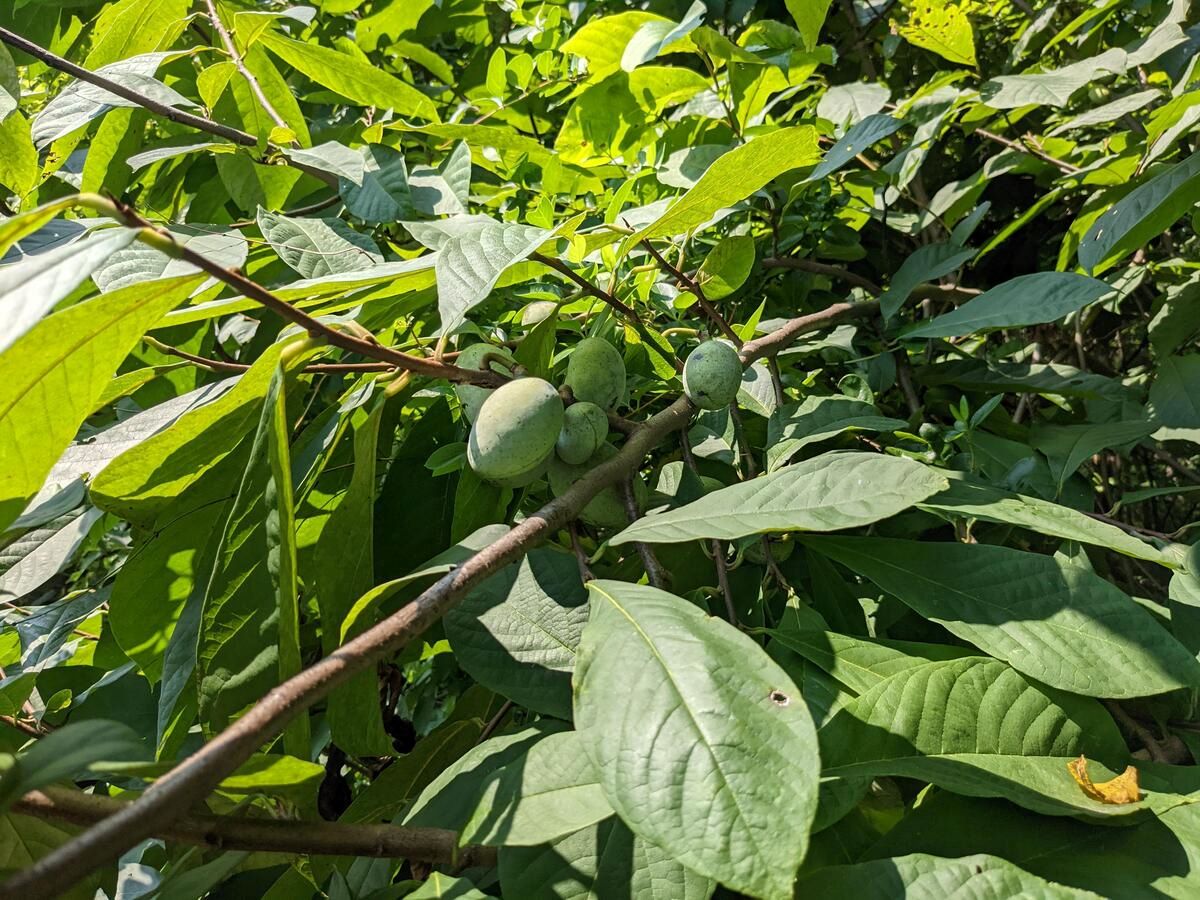Hidden Wild Pawpaw Patches Of Tennessee

Have you ever tasted a pawpaw? This unique fruit, often called the "poor man's banana," grows wild in Tennessee. Hidden in the forests and along riverbanks, pawpaw patches offer a sweet surprise for those willing to seek them out. The fruit has a creamy texture and a flavor mix of banana, mango, and melon. Finding these patches can feel like a treasure hunt, but the reward is worth it. Whether you're an adventurous foodie or just love exploring nature, discovering wild pawpaw patches in Tennessee can be a fun and tasty adventure. Ready to learn more about where to find them? Let's get started!
Discovering Tennessee's Hidden Pawpaw Patches
Tennessee, known for its rolling hills and lush landscapes, hides a sweet secret: pawpaw patches. These wild fruit trees produce a tropical-tasting fruit that’s often called the "poor man's banana." If you’re eager to taste this hidden gem, here are some places to find them.
1. Great Smoky Mountains National Park
The Great Smoky Mountains National Park is a treasure trove of natural wonders, including pawpaw patches. The park's diverse ecosystem provides the perfect environment for these fruit trees.
- Location: Near the Little River Trail
- Best Time to Visit: Late summer to early fall
- What to Expect: Scenic trails, wildlife, and the chance to spot pawpaw trees along the way
2. Radnor Lake State Park
Radnor Lake State Park, located near Nashville, offers a serene escape with its tranquil lake and wooded trails. It’s also home to several pawpaw patches.
- Location: Along the Lake Trail
- Best Time to Visit: September to October
- What to Expect: Peaceful walks, birdwatching, and pawpaw trees hidden among the foliage
3. Cedars of Lebanon State Park
Cedars of Lebanon State Park, named for its dense cedar forests, also harbors pawpaw patches. The park’s unique landscape makes it a great spot for pawpaw hunting.
- Location: Hidden Springs Trail
- Best Time to Visit: Late August to early October
- What to Expect: Limestone glades, cedar forests, and pawpaw trees tucked away in the woods
4. Meeman-Shelby Forest State Park
Meeman-Shelby Forest State Park, near Memphis, offers a rich mix of hardwood forests and wetlands. This diverse habitat supports several pawpaw patches.
- Location: Chickasaw Bluff Trail
- Best Time to Visit: Early September to mid-October
- What to Expect: Scenic bluffs, river views, and pawpaw trees along the trail
5. Fall Creek Falls State Park
Fall Creek Falls State Park, known for its stunning waterfalls, also hides pawpaw patches within its expansive forests. The park’s trails offer a chance to find these elusive fruits.
- Location: Paw Paw Trail (aptly named)
- Best Time to Visit: Late summer to early fall
- What to Expect: Waterfalls, lush forests, and pawpaw trees along the trail
6. Big South Fork National River and Recreation Area
Big South Fork National River and Recreation Area, with its rugged terrain and scenic river views, is another great spot for pawpaw hunting. The area’s diverse plant life includes several pawpaw patches.
- Location: Twin Arches Trail
- Best Time to Visit: September to October
- What to Expect: Natural arches, river views, and pawpaw trees scattered along the trail
7. Frozen Head State Park
Frozen Head State Park, with its dense forests and mountain streams, provides an ideal habitat for pawpaw trees. The park’s trails offer a peaceful escape and a chance to find these hidden fruits.
- Location: Panther Branch Trail
- Best Time to Visit: Late August to early October
- What to Expect: Mountain views, serene trails, and pawpaw trees along the way
Discovering Tennessee's Hidden Pawpaw Patches
Exploring Tennessee's hidden pawpaw patches offers a unique adventure. These wild fruit treasures are tucked away in the state's lush landscapes. Pawpaws, often called the "hillbilly mango," provide a taste of the exotic right in your backyard.
Finding these patches requires a bit of effort, but the reward is worth it. Look near rivers, streams, and shaded areas in late summer to early fall. The sweet, custard-like fruit is a treat for both locals and visitors.
Remember to respect nature while foraging. Take only what you need and leave some for wildlife. This ensures that pawpaw patches continue to thrive for future generations.
So, grab a basket, head out, and enjoy the hidden gems of Tennessee. Happy pawpaw hunting!

